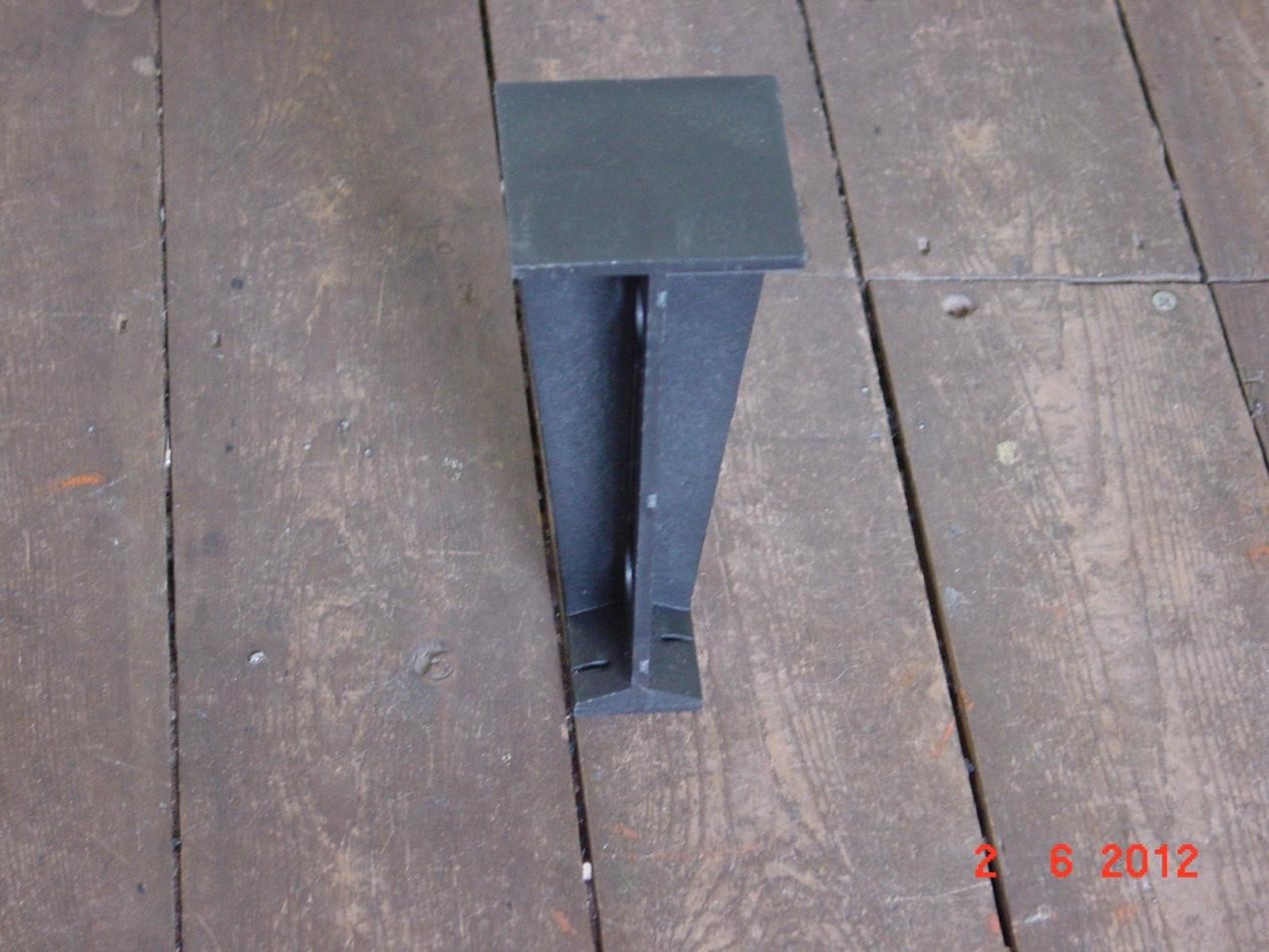Practical Steps to Retrofit a 1900’s Building
Background:
To retrofit the old Derwent Water Board offices, two energy surveys were obtained—both conducted by Nick Parsons for advice on the retrofit—one in 2009 and the other in February 2020 (the latter focused on tackling draughts), along with a thermal imaging survey conducted in October 2020.
The surveys outlined key steps to improve the fabric of the building. However, practical considerations had to be taken to preserve the heritage of the building and to avoid problems during and after the retrofit. Read about the planning stages here.
Keep reading to discover how the building was successfully improved into the Quaker Community building.
Insulation Methods
Loft Insulation
Loft insulation is the obvious place to start when it comes to insulation. At the end of the most recent insulation effort, a survey of the roof space revealed that the insulation varied in thickness - from 50 mm to 200 mm! A minimum of 270 mm (or 27 to 30 cm/about a foot) of mineral wool or similar material is needed to meet the recommended building regulations for a U-value of 0.16 W/m²K. Therefore, none of it was up to modern standards. More insulation was added to just one roof space, which is above an upstairs living room.
The loft met only one-third of the existing building standards for insulation. Additionally, it featured flooring that is convenient for storage, which the community wanted to keep due to its convenience.
Placing a new floor directly on woolly insulation compresses it, reducing its effectiveness. One solution is to use loft stilts to elevate the floor above the insulation.
The retrofit assessor advised the group that since they had existing boarding for support, they could place PIR sheets on the old flooring and add new boards on top—an approach that was quicker, easier, and cheaper than using loft stilts. While PIR is inherently too floppy and weak on its own, it can effectively withstand compression pressure when supported by an existing surface, making this a non-issue.
The group found that if loft insulation reaches the level of the rafters and is brought up to modern standards, it makes an immediate and significant difference to the comfort level.
Windows
Over the years, various types of secondary glazing and some older style double glazing had been installed. The group was surprised to find through thermal imaging that many secondary glazing windows retained as much heat as the double glazing.
Secondary glazing
-
Old style double glazing was made with metal frames usually aluminium. Aluminium is an extremely good conductor of heat, especially compared to the wooden window frames it was replacing. So heat would be lost round the edges of the double glazing.
-
Modern double glazing has an insulating material in the frame between the two panes of glass called warm spacers to largely reduce the heat lost through conduction.
Additionally, the group use thick curtains with a pelmet at the top and a shelf or wide window sill at the bottom to prevent cold air from passing into the building. When the curtains are closed they save 90% as much heat as double glazing (“Keeping Warm for half the cost” second edition). They also make you feel more cosy on a cold winter’s night.
In 2022, the group installed high-spec double glazing featuring argon gas filling, warm edge spacers, and a low e-coating. The windows also include sash horns to maintain the appearance of the original sash design.
Why these features?
Heat escapes from windows in three different ways - convection, radiation and conduction.
Old-style double glazing experiences issues like convection and thermal looping. Heat would rise on the warm inner window and fall on the colder outer window. While these windows had a narrow gap to help reduce this problem, it also resulted in increased heat loss through radiation. In contrast, modern double glazing is filled with argon gas. Argon is denser and more viscous than air or a vacuum, which effectively prevents thermal looping.
As well as having a wider gap, radiant heat is also reduced with a low e-coating. The standard low e-coating reduces radiant heat from escaping your home, but if you have a room that gets too hot on sunny days, you can also have coatings that reduce the radiant heat coming in. These coatings are put on the sides of the glass in the gap between the two panes, so there is no likelihood of you damaging or scratching them in daily life.
Walls
If you have a 1900s stone building in the Peak District National Park, you do not have the option of installing external wall insulation.
The building is insulated on the internal side of every external wall. With this approach, it is vital that you put the vapour barrier on the warm side of the insulation to avoid condensation forming within the walls. The insulation does reduce the size of the room a bit, which one soon gets used to and the huge improvement to internal comfort certainly makes the small loss of space worthwhile. Before the building was insulated some friends and family of residents declared they would never visit in winter months as the building was so cold!
Some insulation, e.g. Kingspan PIR, comes with a vapour barrier on both sides, so you cannot get this part of insulating wrong. But there are other things that can go wrong, such as not sealing all the gaps between and around sheets.
Once you have installed a vapour-tight barrier, it is important to keep it well-maintained. However, the frequent turnover of residents in the Quaker Community has made this challenging. Various holes have been created over time, ranging from small ones for picture pins and curtain rails, to larger openings made for two cooker hood flues and a ventilation fan that go all the way through the insulation and wall.
Whether this is going to cause problems with damp, mould or dry rot in the future remains to be seen.
BRE, the Building research establishment, has examples of problems caused by moisture getting behind insulation - in some cases extremely costly and serious ones. There are even some examples of homes which have become uninhabitable and have had to be pulled down. So, do pay attention to moisture at all stages, from your plan, through construction, to living in the house afterwards.
The importance of thinking about draughts and ventilation
In 2020, there was a recommendation made to increase the intentional ventilation by putting in ducts, before doing any draught proofing. However, the recommendations increased the cost and the difficulty of draught proofing to the point that the group did not do anything for a few months as it all felt too difficult and expensive.
Some recommendations were:
Air supply to wood burners - external air supply ducts that are boxed in at skirting-board level and through external walls, could provide air to wood-burning stoves.
Ventilation fans - single-room heat recovery ventilation (SRHRV) units in rooms with un-flued appliances, such as gas cookers to increase the intentional inflow.
The group later discovered that ducting is the PAS 2035 preferred method of ventilation, but it does allow other forms including simply opening a window if needed.
The group decided to prioritise better monitoring their lifestyle actions to manage moisture and ventilation. An article is coming soon, taking a deep dive into moisture, ventilation and the groups experiences.














